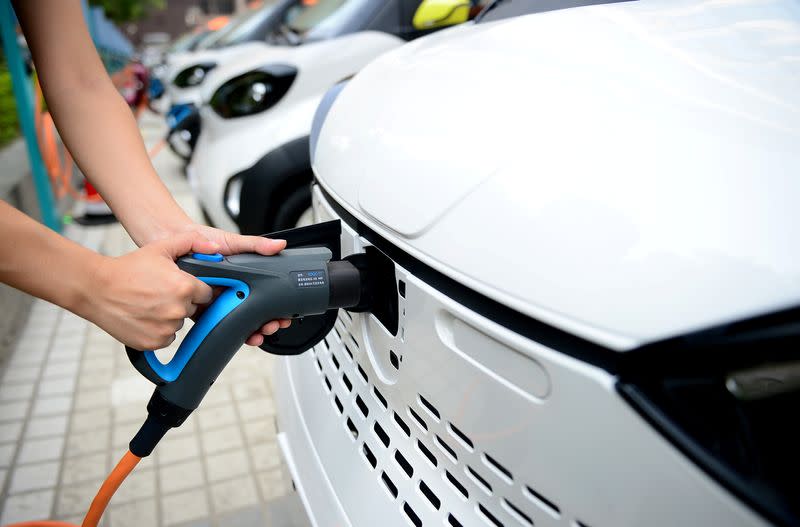China says tax breaks to stay for over 90% of new energy vehicles

BEIJING (Reuters) - More than 90% of China's existing new energy vehicle (NEV) models will continue to receive tax breaks on purchases, under new technical requirements unveiled on Monday, China's industry ministry said.
The technical requirements for NEV eligibility for purchase tax exemptions from 2024 state that pure electric cars should have a driving range of at least 200 kilometres per charge while plug-in hybrid cars should be able to run at least 43 kilometres on electricity, the Ministry of Industry and Information Technology said in a statement.
The new regulations require a range attenuation rate of no higher than 35% under low temperatures for electric vehicles (EVs), and allows EVs capable of battery swapping to be eligible for the tax breaks.
In June, China unveiled a 520 billion yuan ($72.41 billion)package of tax breaks over four years for EVs and other green cars, its biggest yet for the industry as it seeks to boost auto sales growth.
($1 = 7.1817 Chinese yuan renminbi)
(Reporting by Qiaoyi Li, Zhang Yan and Brenda Goh; Editing by Edmund Klamann)

 Yahoo Finance
Yahoo Finance 